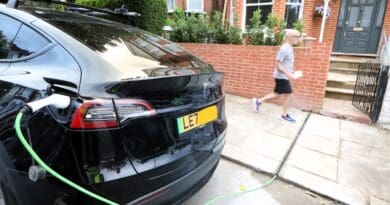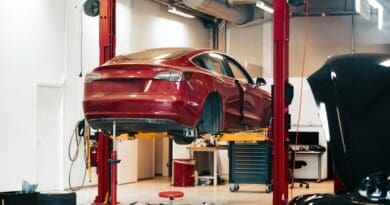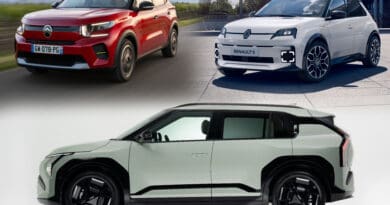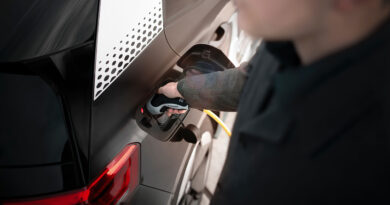We need rapid rule changes to unlock on-street charging potential
Jordan Brompton, co-founder and CMO of myenergi, explores the latest advances in cross-pavement charging solutions, and explains why regulatory change is vital to improving charging access for drivers without off-street parking.
Read More









